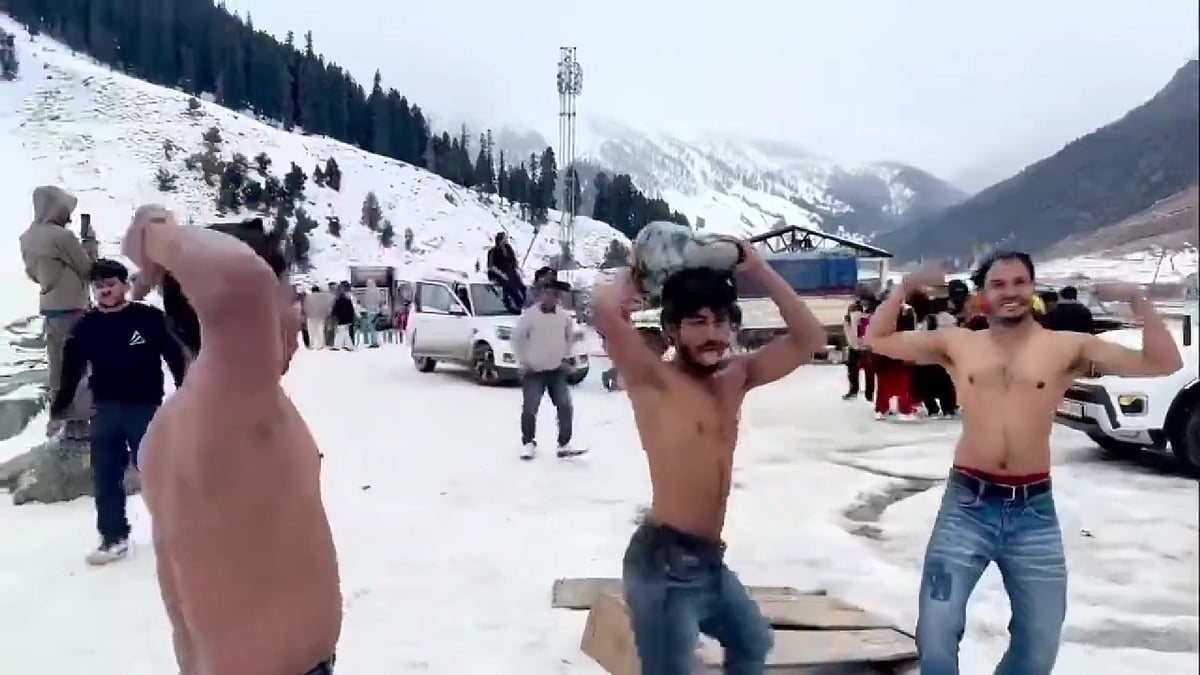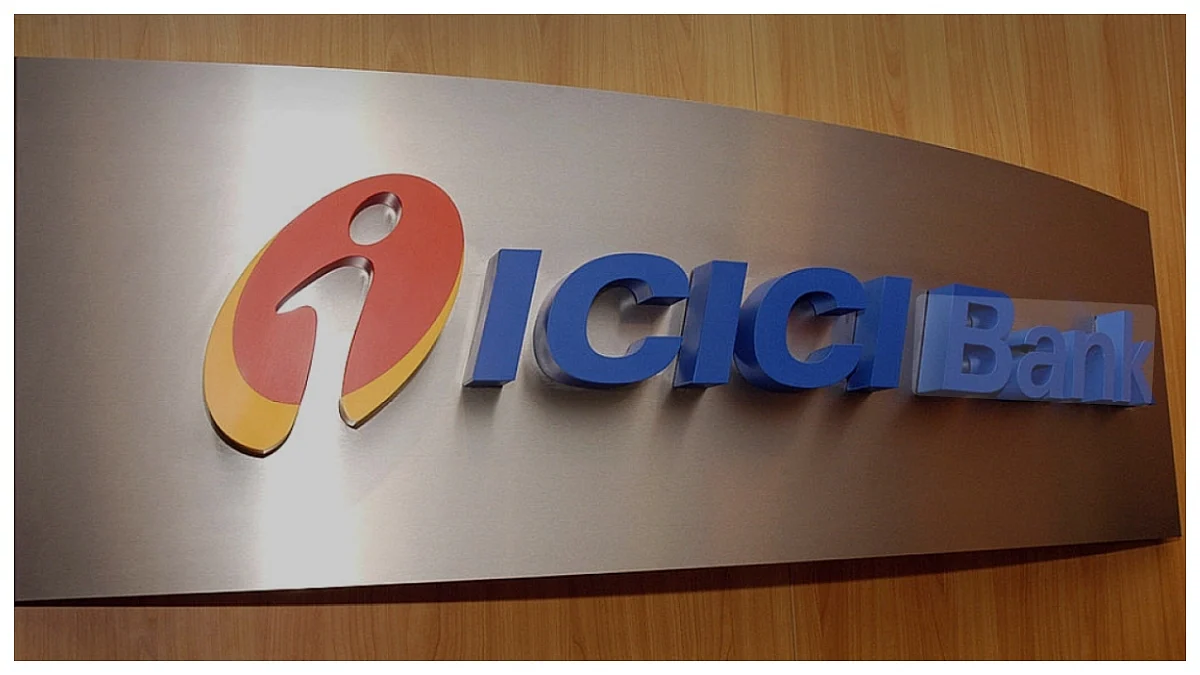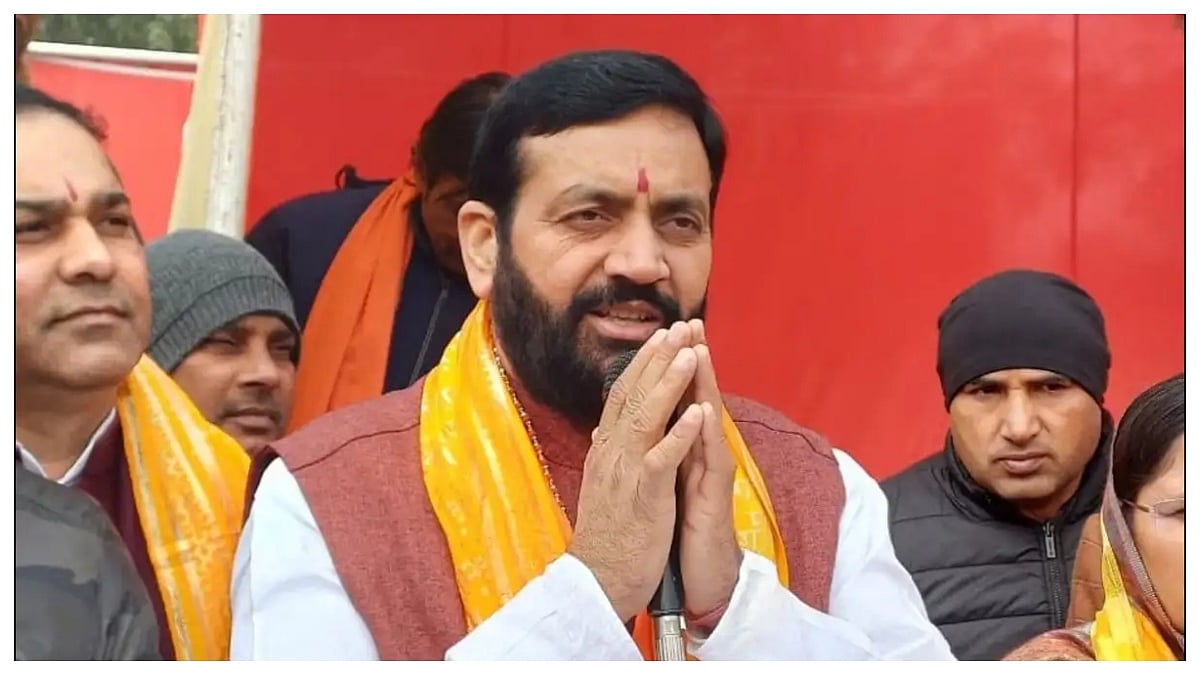Now that Thailand welcomes Indian travellers with a temporary visa-waiver, it is time to bust some popular misconceptions about the Land of Smiles. To start with, the Thai massage is not the Thai message — it is only a chapter, not the whole story. As someone who has visited the country many times, and now spends a part of the year in this region, I vouch for the hugely therapeutic value of a good massage. But there is a lot more to the secret sauce that goes into making Thailand one of the world’s most popular destinations, whether you are a casual visitor or an expatriate.
Some 1.3 million Indian tourists visited Thailand between January and October. With the visa exemption scheme for a stay up to 30 days (from 10 November 2023 till 10 May 2024), the Tourism Authority of Thailand expects that number to rise to 1.6 million by the end of the year.
Thailand is strewn with ancient India’s religious and cultural footprints. At Bangkok’s international Suvarnabhumi airport, you notice a splendid installation of Samudra Manthan (Churning of the Ocean of Milk), one of the most famous episodes in the Puranas. The famous Vishnu temple, more than 100 years old, attracts scores of Thai devotees. On Diwali evening, Thais were there with their families, along with Indians. And statues of Lord Ganesh are everywhere.
But in 2023, the global appeal of a city and country necessarily goes beyond its ancient legacies.
Bangkok, Thailand’s capital, has always been a great favourite among tourists from India and so many other countries because of its obvious charms — spas, street food, shopping. Beyond the city, there are beaches, palaces, ancient ruins, temples and more. But there are other narratives undergirding the one of the tourists’ Thailand. These offer valuable lessons.
Take Bangkok’s street culture, its famous street food, which blends countless cultural influences, and is equally loved by the city’s residents and outsiders. In the city’s foodscape, there is a culture of public eating. Many Thais do not cook at home; they eat out, on the street. The street food success story, however, is not only about variety and taste. It hinges on hygiene and sanitation, especially in a hot and humid region.
And here is the key to Thailand’s secret sauce — it is one of the great development success stories in the world, and one reason why it has got to where it has emerged as an upper middle-income economy is by prioritising the basics which includes health and hygiene. The country has universal health care. Since 1989, various ministries of the Thai government in collaboration with the Tourism Authority of Thailand have been running a project to ensure good sanitation in restaurants and street food outlets. The “Clean Food Good Taste” Project, as it is known, has a long list of dos and don’ts for street food sellers. For example, The Handbook of Clean Food Good Taste says, “All utensils must be cleaned by dishwashing liquid and thoroughly washed twice with potable water. Sinks and washing facilities must be set up at least 60 cm above the floor; spoons, forks and chopsticks must be stored with handle up or laid down neatly in clean containers that should be placed a minimum of 60 cm above the floor; ice for consumption must be kept in clean covered containers, which must be placed a minimum of 60 cm above the floor.” There are also specific instructions on tending to wounds on the food handler’s hand.
Of course, not every street food seller follows all instructions. And not every street food kiosk is squeaky clean. But most of them follow rules for the simple reason that bad publicity by word of mouth can wreck a small business. A Thai woman who runs Sara J, a café in my neighbourhood, with her husband, put it crisply, “For Thais, food is life and life is food. But without cleanliness, no food business — high-end or low-end — can succeed. People wash hands, they wash utensils in clean water and keep their ice boxes clean. Tourists love choices and flexibility to glide from luxury experiences to the very local.”
Till date, I have not fallen sick eating street food in Bangkok or anywhere else in Thailand.
The Thai street is also safe. As a woman walking alone, sometimes late in the evening, this feels great. I have never been followed.
Cleanliness cannot be performative. It is not just about celebrities sweeping streets or about photo opportunities. It must be real, on the ground, and consistent. In India, in recent years, there has been mass-scale building of toilets. But unless these are kept clean, equipped with water, and the streets kept free of garbage, and safe, there cannot be a vibrant street culture that appeals to everyone. You can gauge a crowded tropical megapolis by how it is equipped — or not equipped — to deal with everyday rain, puddles, slush, and garbage. Bangkok has suffered from floods; parts of the city do get water-logged for a few hours during peak rainy season. But you do not really see mounds of uncollected garbage all over the city. Last week, when it rained incessantly, through the day, I saw a cleaning lady at work, mopping up, at 7pm in the neighbourhood sky train station.
India is on a good wicket in Thailand and across the ASEAN (Association of Southeast Asian Nations) region. According to The State of Southeast Asia: 2023 Survey Report, published by the ASEAN Studies Centre at the ISEAS-Yusof Ishak Institute, earlier this year, India has enjoyed a significant increase in trust levels this year (25.7%) compared to last year (16.6%).
Thailand has inequalities, poor people, slums, even beggars. But there are lessons from Thailand’s development trajectory which can help us — focus first on the basics, keep it simple; above all, fuse “sanook” (Thai for “fun”) into everything.
Patralekha Chatterjee is a writer and columnist who spends her time in South and Southeast Asia, and looks at modern-day connects between the two adjacent regions. X: @Patralekha2011









